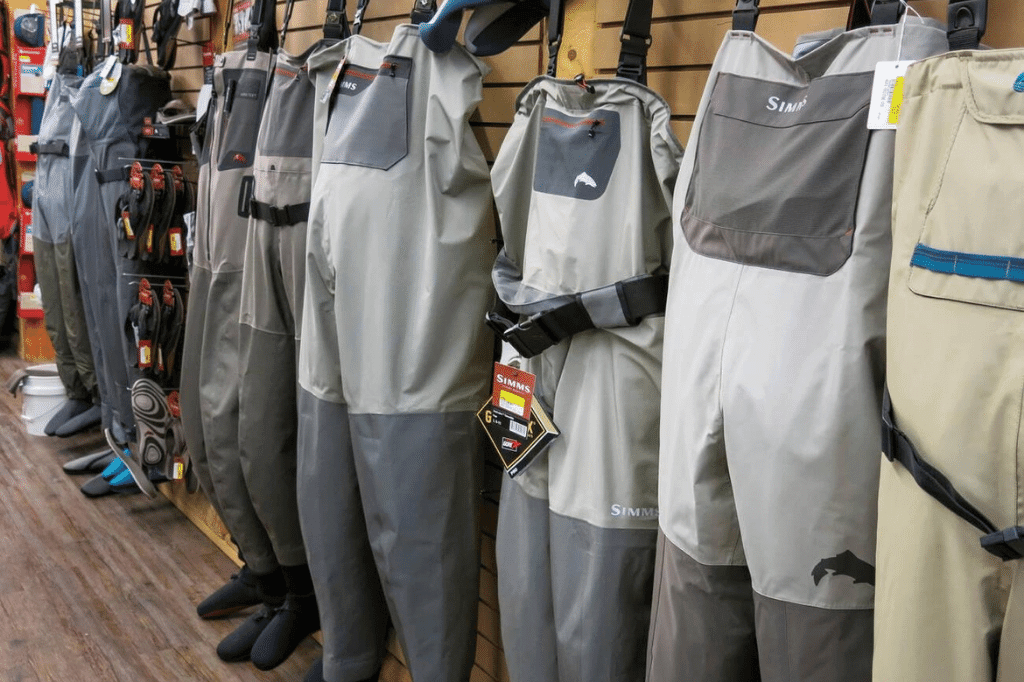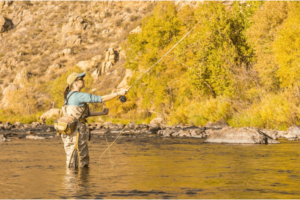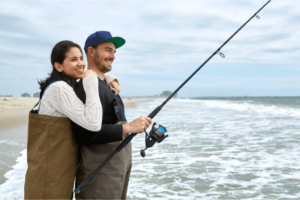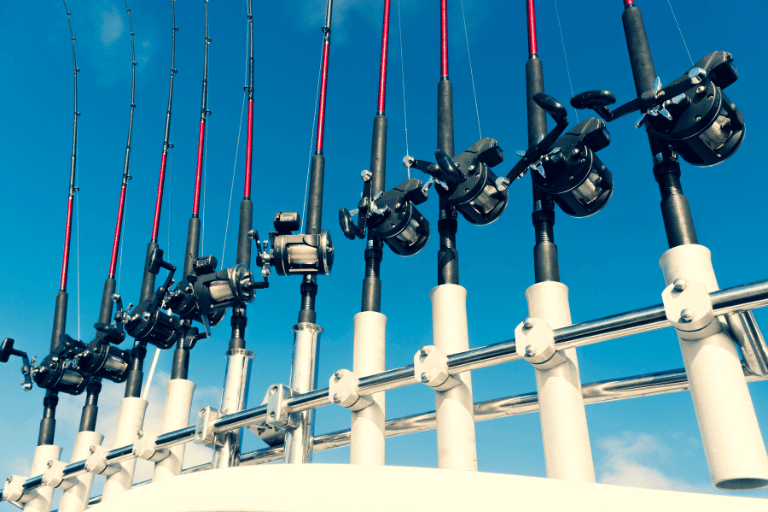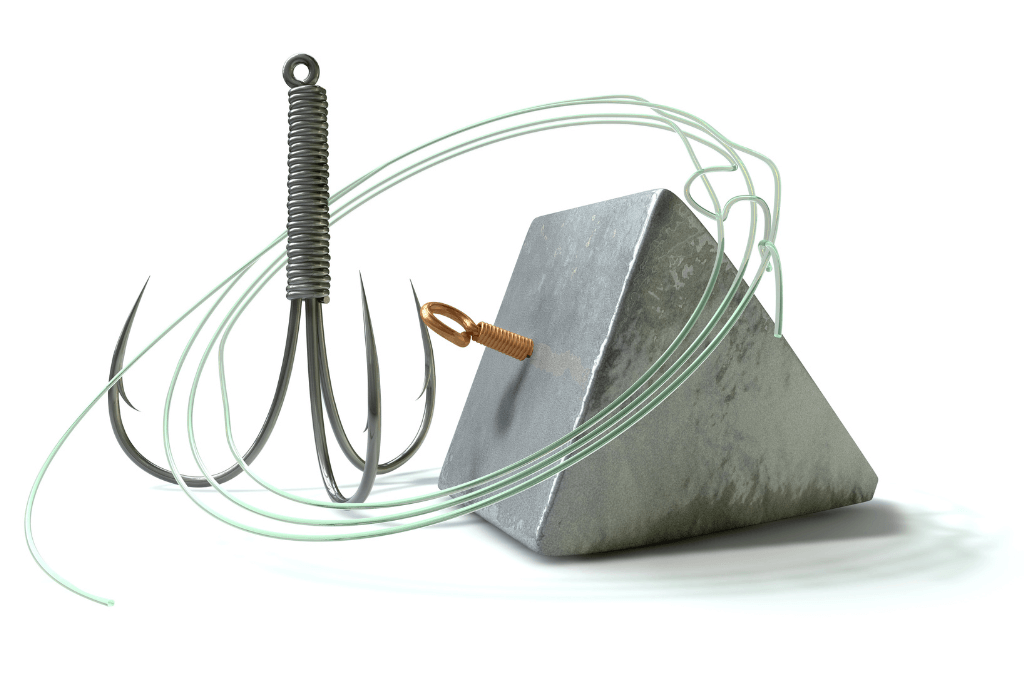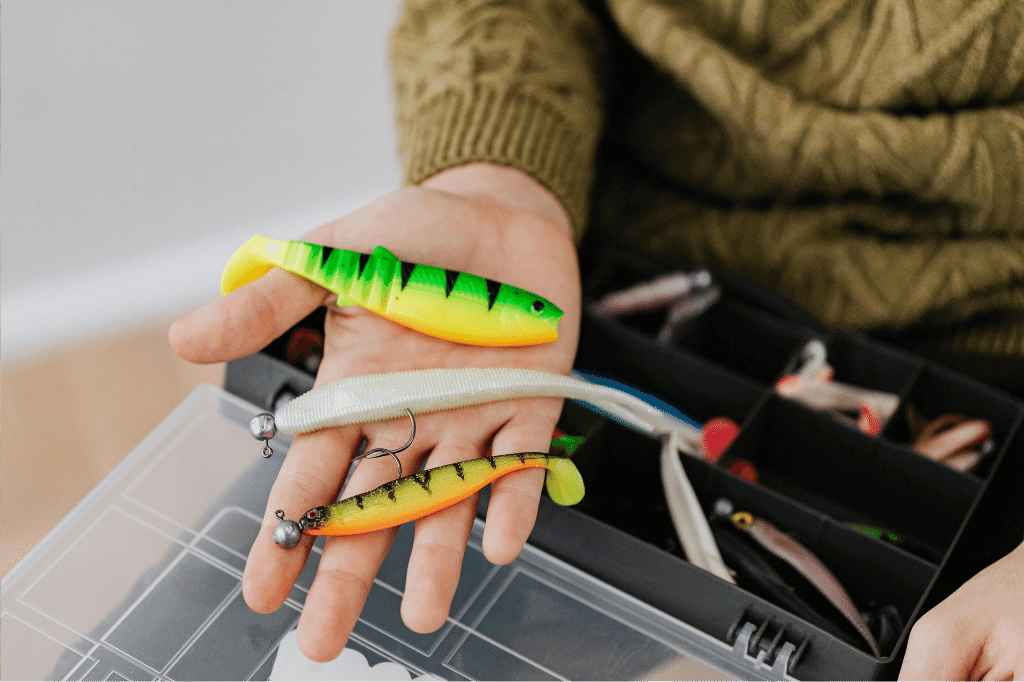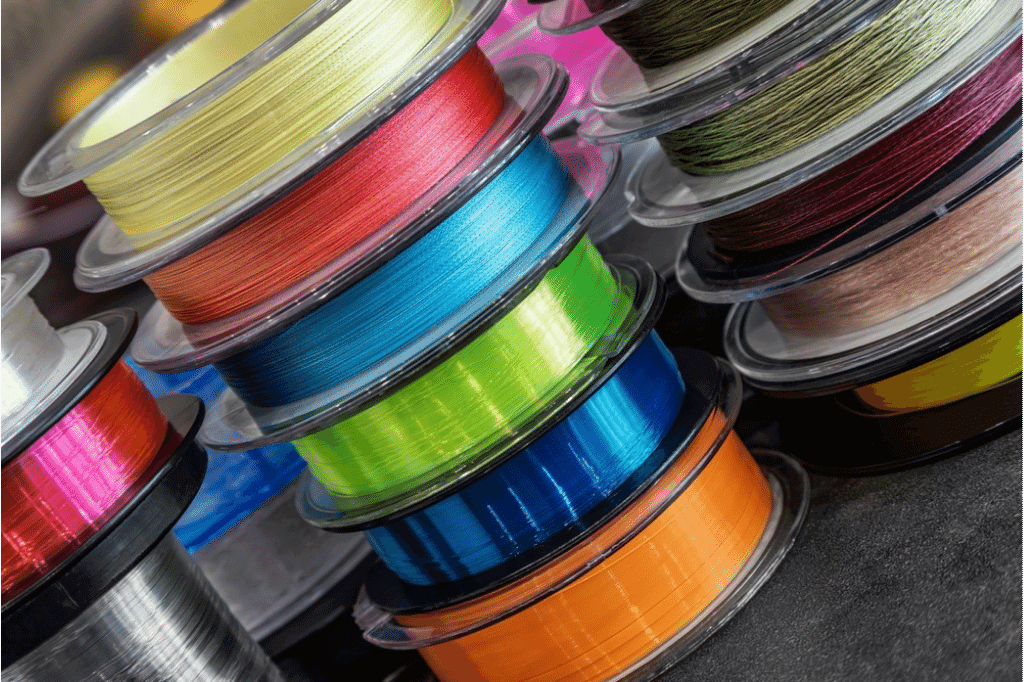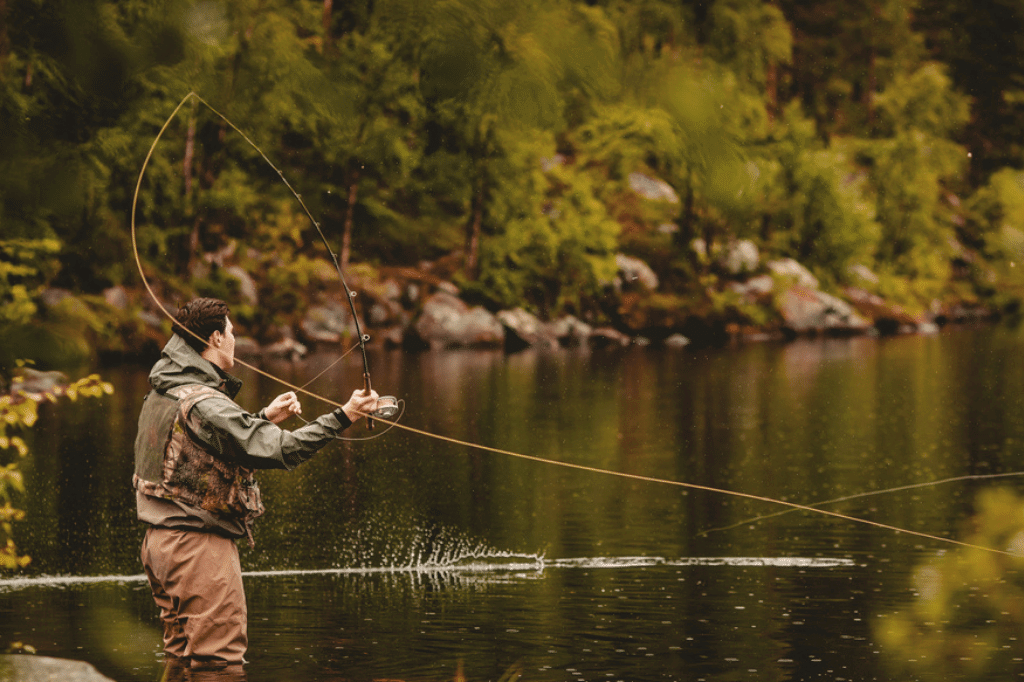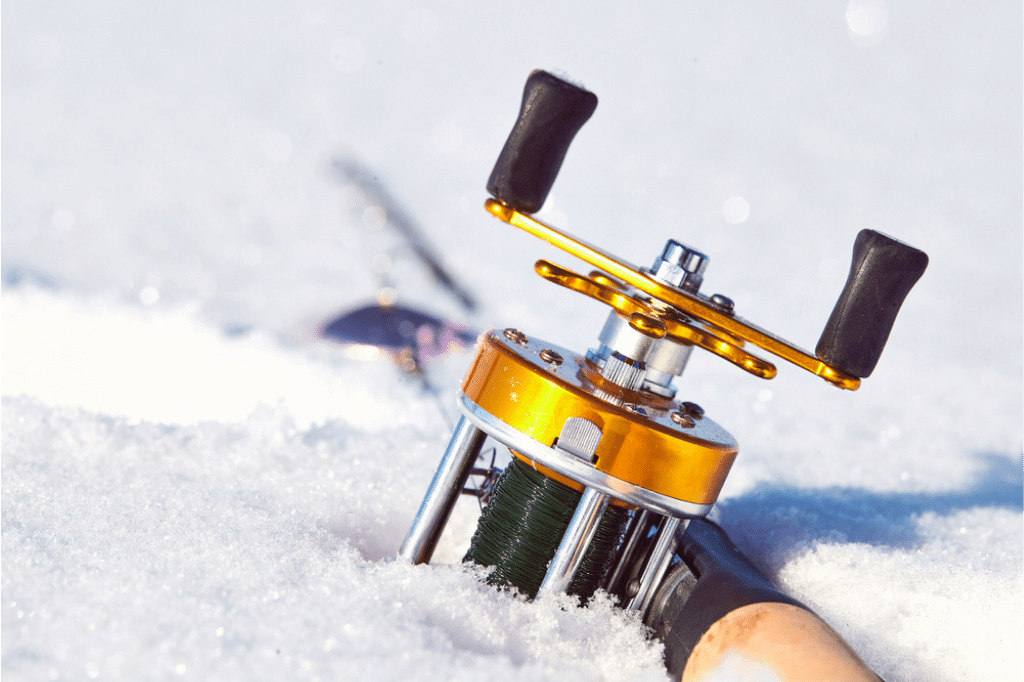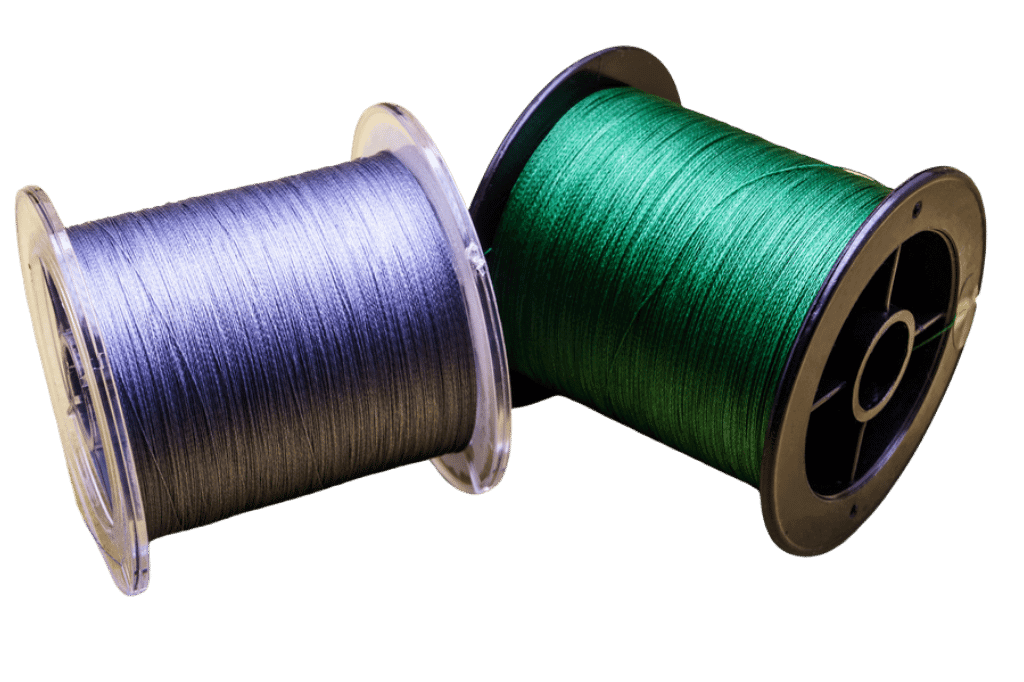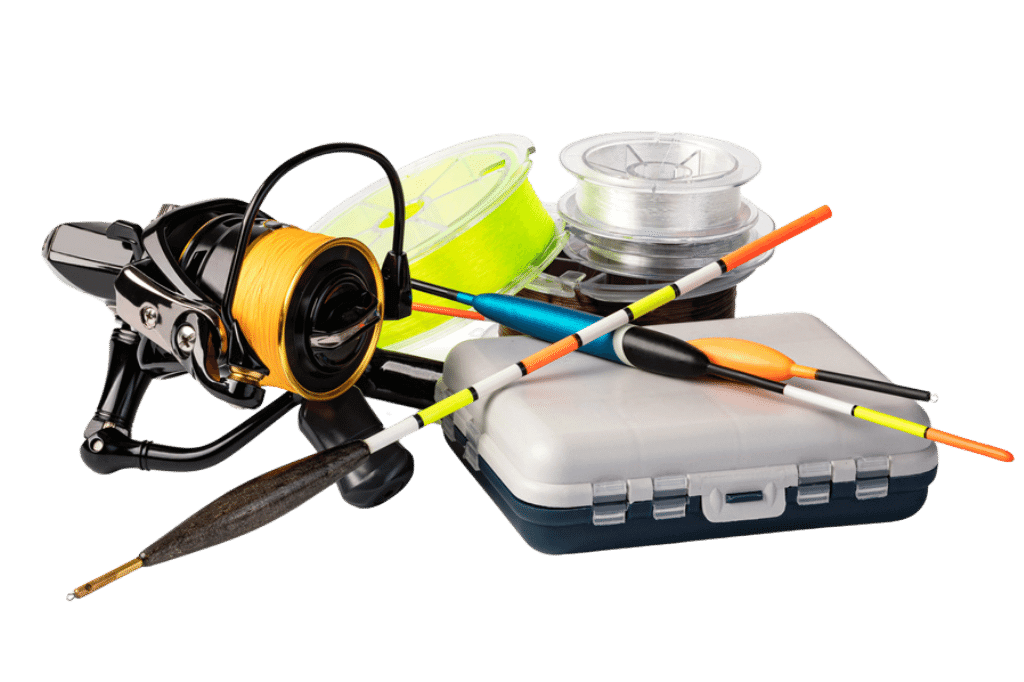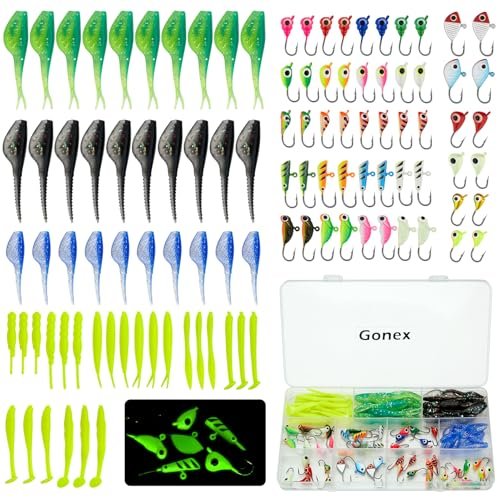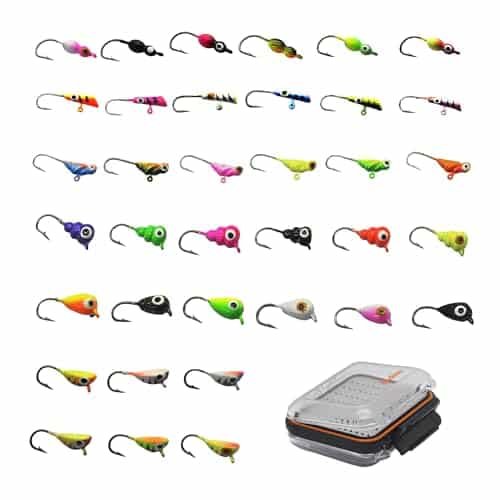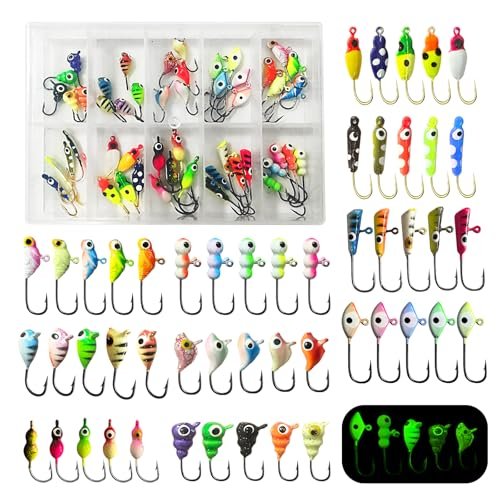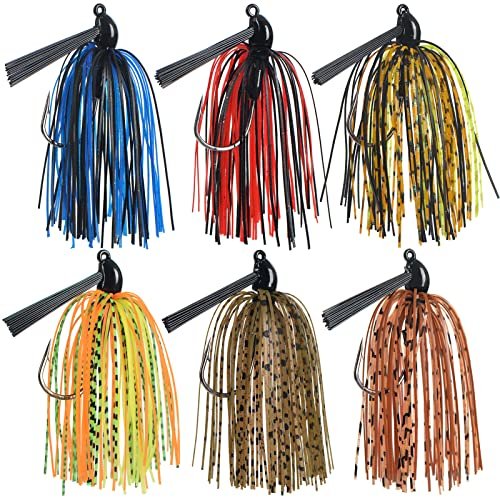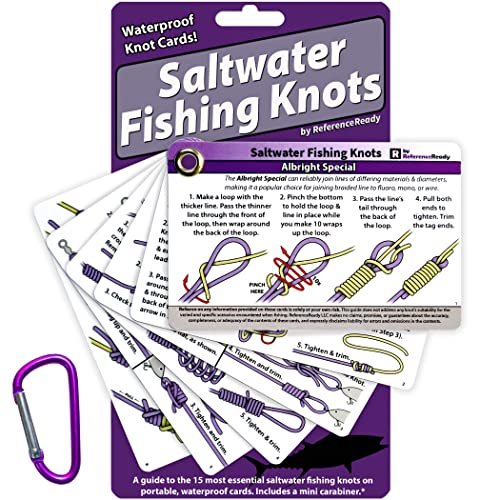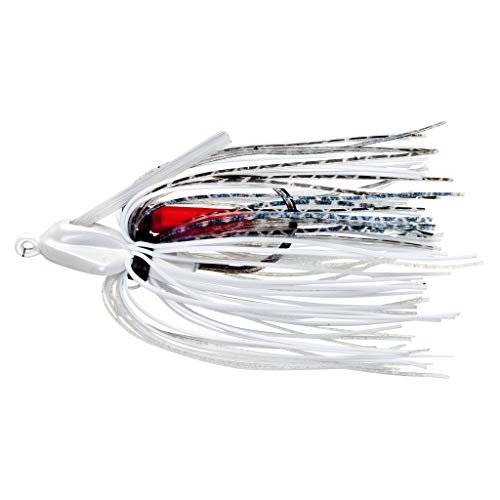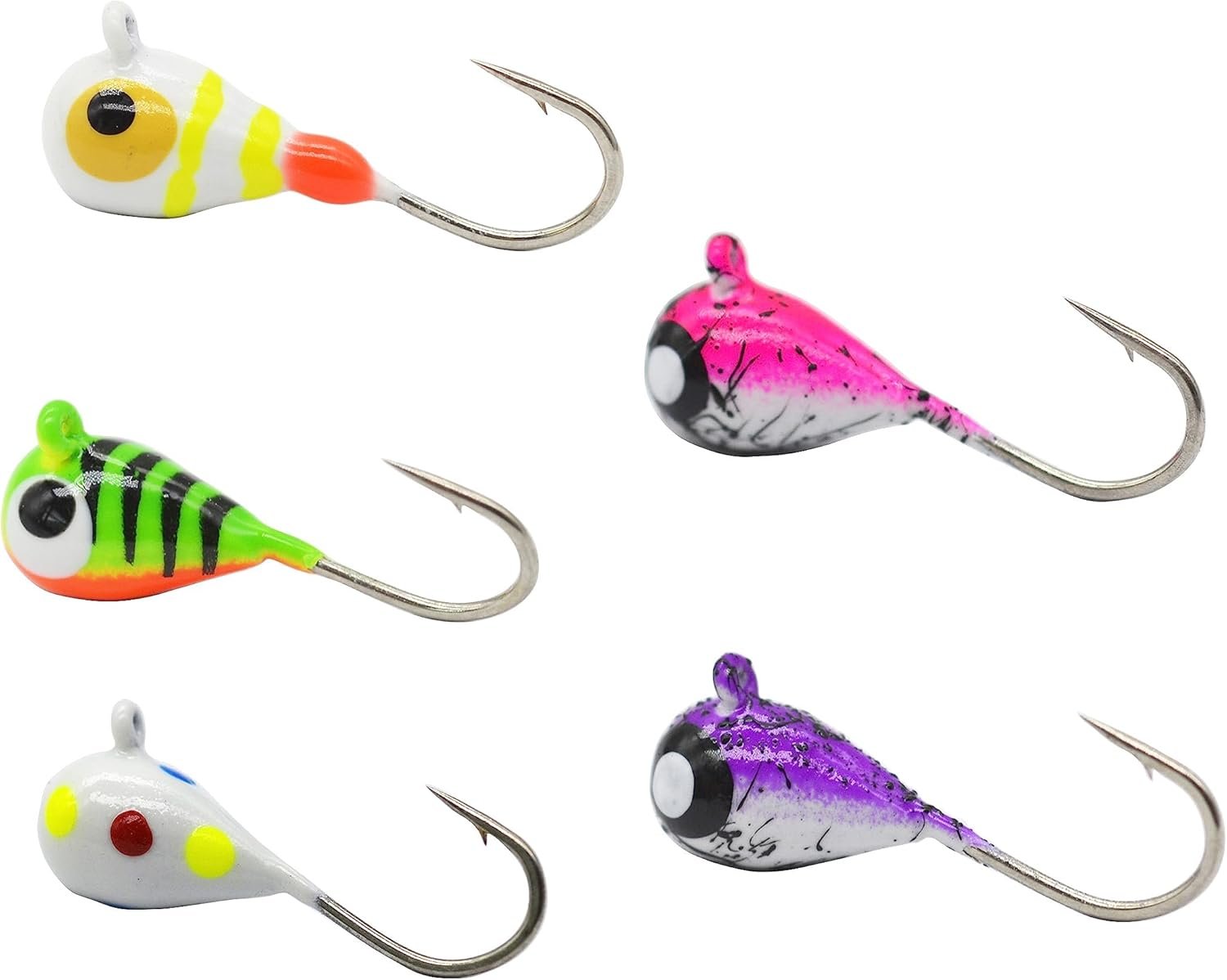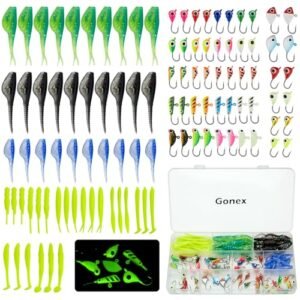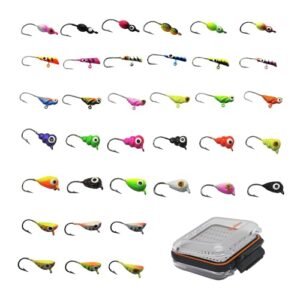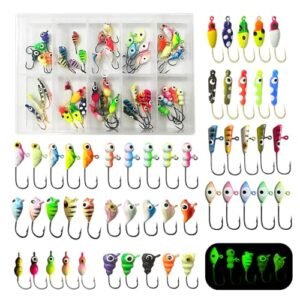Fly fishing enthusiasts know the importance of quality waders for a successful outing. These essential gear pieces range from waist-high to full-chest options, depending on the depth and conditions of the water. Made from materials like neoprene, rubber, or breathable fabrics, waders provide both insulation and protection from cold water and underwater obstacles.
The right pair enhances mobility and comfort during long hours of fishing. Seasoned fishers invest in durable, lightweight waders with reinforced seams and boots with good traction to navigate slippery surfaces safely. With proper care, a good pair of waders can be a reliable companion for years of fly fishing adventures.
Credit: www.aos.cc
The Evolution Of Fly Fishing Waders
Fly Fishing Waders: The Evolution That Changed the GameFly fishing waders have come a long way over the years. They are a vital piece of gear for anglers. The journey from heavy, cumbersome designs to lightweight, cutting-edge materials truly transformed the fishing experience. Let’s dive into the dynamic history of fly fishing waders.
From Canvas To Neoprene: A Historical Perspective
Canvas waders dominated the fishing scene in the past. They were sturdy but heavy. Over time, rubber came into play, offering better water resistance. Neoprene waders then took the stage. Anglers loved them for their warmth and stretch. But, neoprene was also quitesweaty and heavy.
Material Pros Cons Canvas Durable Heavy Rubber Water-resistant Not breathable Neoprene Warm and flexible Sweaty and heavy Revolutionary Materials: Entering The Age Of Breathables
Breakthrough materials like Gore-Tex revolutionized waders. This meant lighter, more breathable options. Fishermen could now enjoy comfort without sacrificing protection. These breathable waders keep moisture out while allowing sweat to escape.
- Increased comfort
- Lightweight designs
- Improved mobility
Choosing The Right Waders
Fly fishing waders come in several styles and materials. Your choice depends on where and how you plan to fish. Get the right waders to stay dry and comfortable. We’ll look at waders that reach your chest, waist, and hip. We will also explore the best materials. So you can find the perfect balance between durability and comfort.
Styles And Designs: Chest, Waist, And Hip Waders
Different fishing environments require different waders.
- Chest waders – great for deep waters and cold conditions.
- Waist waders – suited for shallower streams.
- Hip waders – perfect for small creeks and warm weather.
Material Matters: Balancing Durability And Comfort
Material Pros Cons Neoprene Warm, Durable Less Breathable Breathable Fabrics Comfortable, Lightweight May require more layers Rubber Waterproof, Budget-friendly Heavy, Less Flexible Neoprene waders keep you warm in cold water. Breathable fabrics waders are light and comfy. Rubber waders are tough and budget-friendly. Pick a material that fits your fishing style.
Sizing And Fit: Ensuring Your Comfort
Finding the perfect pair of fly fishing waders guarantees a comfortable and enjoyable experience. Your waders must fit snugly without restricting movement. The right fit prevents leaks and wear. Let’s dive into the details of sizing and fit.
Size Charts And Measurements: A Guide
Size charts are the key to finding your ideal waders. Brands provide these charts to help match your body measurements with the right product size. Make sure to:
- Measure your height and chest.
- Consider your shoe size for the attached boots.
- Use a tape measure for accuracy.
- Compare your measurements with the chart.
Referencing a size chart ensures that your waders fit your body shape just right.
Trying Them On: Key Things To Look For
When trying on waders, you want to be certain they’re just right. Ensure your attention to:
- Mobility: Confirm you can move freely.
- Comfort: Check for snug, not-tight areas.
- Length: Ensure the waders are not too long.
- Adjustments: Look for belts and straps to fine-tune the fit.
Move around a bit, simulate casting, and squat to test their versatility.
Features And Technology
Fly fishing waders come packed with innovative features. These designs aim to enhance your fishing experience. Advanced materials and smart technology protect you from water, cold, and rough terrain. Let’s dive into some key features that set high-quality waders apart.
Pockets And Extras: Storage Solutions On The Water
Effective storage solutions are essential on the water. Many waders offer a variety of pockets for gear organization. Look for options that suit your needs. Consider waterproof pouches for electronics and insulated hand-warmer pockets for cold days. Detachable tool bars and built-in D-rings offer additional convenience.
- Zippered chest pockets – Keep essentials within reach.
- Internal storage – Protects key items from water exposure.
- Mesh stretch pockets – Ideal for quick-access items.
Seam Technologies: Preventing Leaks And Tears
High-quality waders use advanced seam technologies to prevent leaks and tears. Techniques like ultrasonic welding and taped seams ensure durability. Triple-reinforced seams offer extra protection in high-stress areas.
Seam Technology Benefits Ultrasonic Welding No stitch holes, less wear and tear Taped Seams Extra barrier against water Reinforced Seams Stronger joins in critical areas
The Significance Of Proper Wader Maintenance
The Significance of Proper Wader Maintenance cannot be overstated for any fly fishing enthusiast. Quality waders are an investment. Like any valuable gear, their longevity and performance depend on how well you look after them. Think of maintenance as a way to maximize your investment. It ensures your waders remain waterproof, breathable, and comfortable season after season. Follow these essential tips to keep your waders in the best possible condition.
Cleaning Practices: Prolonging Wader Life
Clean waders mean longer-lasting waders. Mud, sand, and micro-organisms can degrade the material over time, especially the seams. Follow these steps:
- Rinse off dirt and debris with fresh water after each use.
- Use a mild soap for deeper cleaning, and avoid harsh detergents.
- Hand wash if possible to avoid damage in machines.
- Pat dry with a towel before hang drying.
Storage Tips: Keeping Your Waders In Prime Condition
If you care about the life span of your waders, proper storage is key. Use these guidelines to prevent damage when not in use:
- Hang waders upside down in a cool, dry place.
- Avoid excessive heat and direct sunlight.
- Store away from sharp objects to prevent punctures.
- Keep waders fully dry between trips to prevent mold.
Safety Considerations While Using Waders
Fly fishing is more than just a sport; it’s a dance with nature. Wearing waders enhances the experience, allowing anglers to merge with the stream. But stepping into water bodies comes with risks. Proper safety measures ensure the dance doesn’t turn dangerous.
Staying Afloat: Understanding Wader Buoyancy
Many anglers ponder whether waders can cause sinking. The truth is startling. Waders do not pull you under. However, trapped air can create buoyancy issues. Here are simple tips to stay safe:
- Always wear a properly fitted belt at the wader waist.
- A snug belt prevents water from filling the waders.
- Practice swimming in shallow water with waders on.
- Consider wearing a life jacket in deep or fast-moving waters.
Navigating Slippery Surfaces: Boots And Soles
Slippery rocks and uneven riverbeds are common. Your choice of boots and soles is critical:
- Boot Type Advantages Rubber Soles Eco-friendly
- Less debris collection
- Felt Soles Superior grip on slippery surfaces
- Increases stability
Select appropriate traction aids for extra stability.
Alway check the weather and water conditions before stepping in. Trust your gear, but never underestimate nature’s force.
This HTML block is optimized for search engines to highlight fly fishing waders’ safety. It avoids complex language to help all readers understand important safety practices. Environmental Impact And Sustainability
As fly fishing grows in popularity, the ethical production and disposal of gear, especially fly fishing waders, come under scrutiny. Picking the right waders isn’t just about staying dry; it’s about preserving nature’s playground. Fly fishing enthusiasts are now considering the environmental footprint of their waders, from their inception on the factory floor to their eventual retirement.
Eco-friendly Choices: Materials And Manufacturing Processes
Selecting sustainable waders begins with understanding the materials and how they’re made. Brands are increasingly turning to eco-friendly materials that minimize harm to ecosystems. These include:
- Recycled nylon
- Organic rubber
- Biodegradable synthetics
Let’s peek at the manufacturing processes too. Greener factories focus on:
- Reducing water waste
- Lowering chemical use
- Using renewable energy sources
Choosing brands that value sustainable practices helps protect our waters for future anglers.
Recycling Old Waders: What Are Your Options?
When waders reach the end of their journey, recycling them is crucial in reducing landfill waste. Surprisingly, many components of waders can be repurposed. Here’s what you can do:
Option Description Manufacturers’ Take-Back Programs Some brands offer to recycle old gear, turning them into new products. Upcycling Get creative by transforming your waders into garden planters or gear patches. Local Recycling Centers Check if they accept the materials your waders are made of. Instead of tossing old waders in the trash, explore these sustainable options to extend their usefulness.
Beyond The Basics: Accessories For Your Waders
Fly Fishing Waders are more than just waterproof trousers; they are a shield against the elements. Choose the right accessories, and they transform into a versatile toolkit for any angler. Let’s step beyond the basics and explore how to elevate your wading experience.
Wader Belts And Straps For Enhanced Functionality
Imagine wading into the river only to be hindered by waders that slide or sag. Enhance your stability and safety with the addition of wader belts and straps. They ensure your gear stays put, no matter the current.
- Security: A tightly fastened wader belt prevents water from filling your waders if you slip.
- Custom Fit: Adjustable straps allow a snug fit, avoiding unpleasant chafing.
- Extra Support: Belts and harnesses offer crucial back support during long hours in the water.
Many waders come with built-in belt loops, but upgrading to a heavy-duty belt with multiple clip points can keep essential tools within reach. Choose durable materials, like neoprene or nylon, for long-lasting performance.
Layering For Weather: What To Wear Under Waders
As the seasons change, so should your approach to layering. Adapt to the temperatures with the right clothing under your waders. Comfort and warmth are paramount for focus and endurance.
Temperature Layer Cold Insulated leggings and wool socks Mild Breathable synthetic pants Warm Light moisture-wicking clothing Remember moisture management: Wet skin loses heat rapidly. Pick materials that draw sweat away. Avoid cotton, as it traps moisture. Instead, opt for moisture-wicking fabrics and thermal layers that provide both warmth and breathability.
Common Questions Answered
Fly fishing enthusiasts often have pressing concerns about gear, particularly waders. This segment dives into some common questions, providing clear and concise answers.
Repair Kits And Diy Fixes
Waders can get leaks. Do not worry. Repair kits can fix this. Why are they good? They are easy to use. They save money. They extend wader life. What is in a kit? Adhesive. Patches. Instructions. Can you do it yourself? Yes. Here is how:
- Find the leak. Use soapy water.
- Dry the spot. It must be dry.
- Cut a patch. Round the edges.
- Apply adhesive. Follow the guide.
- Press the patch on. Hold firmly.
- Let it cure. Time varies by kit.
DIY fixes work well for small punctures. Severe damage needs professional repair. This keeps waders waterproof. It maintains their quality too.
Are Expensive Waders Worth the Investment?
Are Expensive Waders Worth The Investment?
Price reflects quality. Higher cost means better materials. More features follow. Durability increases. Expensive waders often last longer. They provide more comfort. Breathability and fit improve. Do you fish a lot? If yes, consider investing. This table compares:
Feature Less Expensive Waders More Expensive Waders Material Quality Basic High-tech Durability May wear out sooner Resistant to tears Comfort Standard Ergonomic fit Features Minimal Advanced options Warranty matters. Expensive waders may offer better warranty. Always check product reviews. Consider your budget and needs. The right balance is key.
Frequently Asked Questions
How Do I Choose Waders For Fly Fishing?
Consider the environment and season to determine the right wader material, like breathable or neoprene. Ensure they fit well, allowing for movement and layers. Opt for built-in boots for convenience or stocking feet for custom boot fit. Evaluate durability and warranty for long-term use.
Choose waders with ample pockets for gear.
Do I Really Need Waders For Fly Fishing?
Waders aren’t essential for fly fishing, but they keep you dry and comfortable in various water conditions. They allow deeper wading to access more fishing spots.
Do You Wear Shoes With Fly Fishing Waders?
Yes, you typically wear specialized boots over the neoprene feet of fly fishing waders for traction and protection in the water.
What To Wear Under Waders When Fly Fishing?
Wear moisture-wicking base layers and warm socks under waders for fly fishing to stay dry and comfortable. Avoid cotton; opt for synthetic or wool materials for insulation even when wet.
Conclusion
Selecting the right fly fishing waders can elevate your experience by leaps and bounds. With the vast options available, prioritizing comfort, durability, and your specific needs is key. Remember, the right pair not only keeps you dry but also merges seamlessly with your fly fishing adventures.
Happy wading and tight lines!

